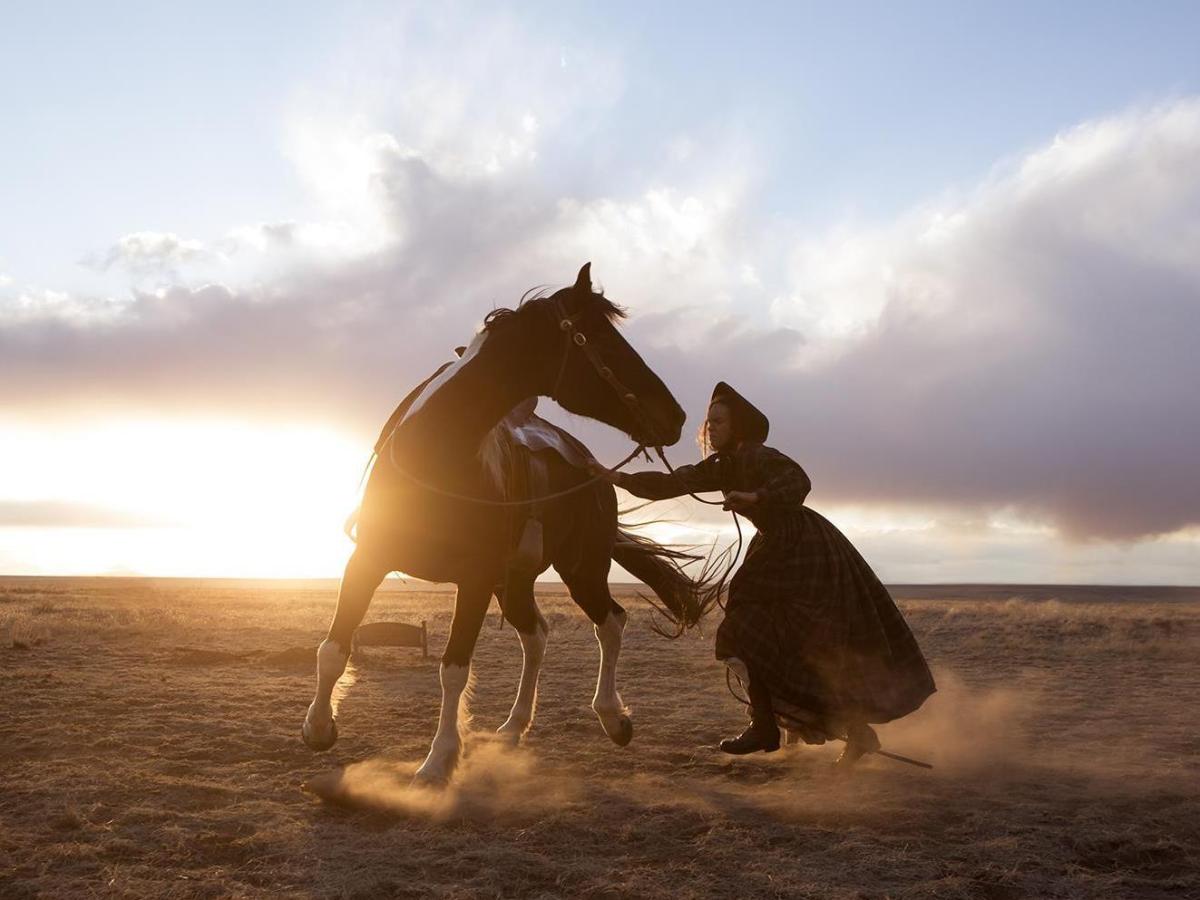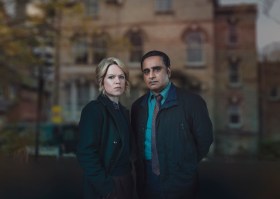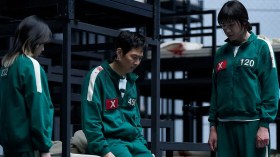It is to the western that Tommy Lee Jones turns when he settles into the director’s chair, in not one but two films now. His eye is drawn to open spaces just as his mind seeks out stories of struggle, contrasting vistas of rugged beauty against scenes of trouble. Following in the footsteps of 2005’s The Three Burials of Melquiades Estrada, The Homesman once more burrows into lives tied to and defined by landscapes, including the oppression that such sparse settings bring. Here, the actor and filmmaker also offers a vantage uncommon in the genre, cultivating a portrait of the harshness of pioneer times with a female perspective.
The feature’s title references the act of returning settlers home from the frontier, ferrying back those proven unsuited to their new surroundings. In the fledgling farming community of Loup City in Nebraska Territory, the locals face that task when three women – the near-catatonic Arabella Sours (Grace Gummer, TV’s Extant), the distraught Theoline Belknapp (Miranda Otto, I, Frankenstein), and the aggressive Gro Svendsen (Sonja Richter, The Keeper of Lost Causes) – show signs of mental suffering after a long, hard winter fraught with personal tragedies. With the town’s male inhabitants wary of the arduous deed, single, self-sufficient Mary Bee Cuddy (Hilary Swank, New Year’s Eve) volunteers to transport the ladies to a church in Iowa. Saving drifter turned claim-jumper George Briggs (Jones, last seen on screen in The Family) from death by lynching, she enlists his help for the five-week eastward journey.
In exploring the plights of the fairer sex in 1850s America, the film is instantly marked by Mary Bee’s strong, stoic presence – and Swank’s externally resolute, internally fragile performance against her curmudgeonly, almost comic helmer – however The Homesman belongs not just to its sturdy lead, but also to her largely wordless passengers. Whereas the protagonist’s difficulties are principally kept behind a façade of determination as the independent, capable former New Yorker is continually passed over for marriage because of her plain appearance and bossy personality yet remains painfully aware of the importance of matrimony to her future, her charges, all wives to besieged husbands, have weathered one too many storms to hide their woes. Their combination, of agony and marginalisation both secreted away and made as clear as day, helps a telling picture of the trauma of persistent male domination against desolate surroundings form.
The image they conjure of hope constantly and consistently blighted by many shades of heartbreak is aided by an underlying script that doesn’t just focus attention on a well-worn scenario from an oft-overlooked viewpoint, but does so while cycling through the trademarks of conventional western tales. Taking its basis from Glendon Swarthout’s 1988 novel from the same name, as adapted by Jones with first-time feature scribes Kieran Fitzgerald and Wesley A. Oliver, the screenplay presents the usual elements of attacking bandits and unscrupulous townsfolk, as well as the standard themes of revenge and sacrifice, yet casts them in a new light. For the film’s purposes, gone are the typical tussles over power, property and ego, replaced by a yearning – sentimental and serious in turn, and always grounded in gender roles and perceptions – for acceptance, understanding and place to belong.
Though the characters might not share the same fortunes, the camera and director of photography, Rodrigo Prieto (The Wolf of Wall Street) find their base in the flat expanses that form the backdrop of every frame, the feature’s visuals as bright as the movie itself is grim. Setting inky, cloudy skies against pale, golden fields, The Homesman proves an effort fuelled by persistent juxtaposition, aesthetically and emotionally, while bringing its competing components together to craft a stunning composition. Every frame glistens with breathtaking splendour, just as every plot development and on-screen pairing bristles with grit. A raft of familiar faces – John Lithgow (Love Is Strange), James Spader (Lincoln), Meryl Streep (Into the Woods) and Hailee Steinfeld (Begin Again) among them – all pop up along the trail; however the haunting western is at its best when it is stripped down to the basics of four women thwarted in their desire for a new life, their begrudging helper, and the starkness of their subjugation and their location.
Rating: 4 stars out of 5
The Homesman
Director: Tommy Lee Jones
France / USA, 2014, 122 mins
Gold Coast Film Festival
gcfilmfestival.com
9 – 19 April 2015
Actors:
Director:
Format:
Country:
Release:





